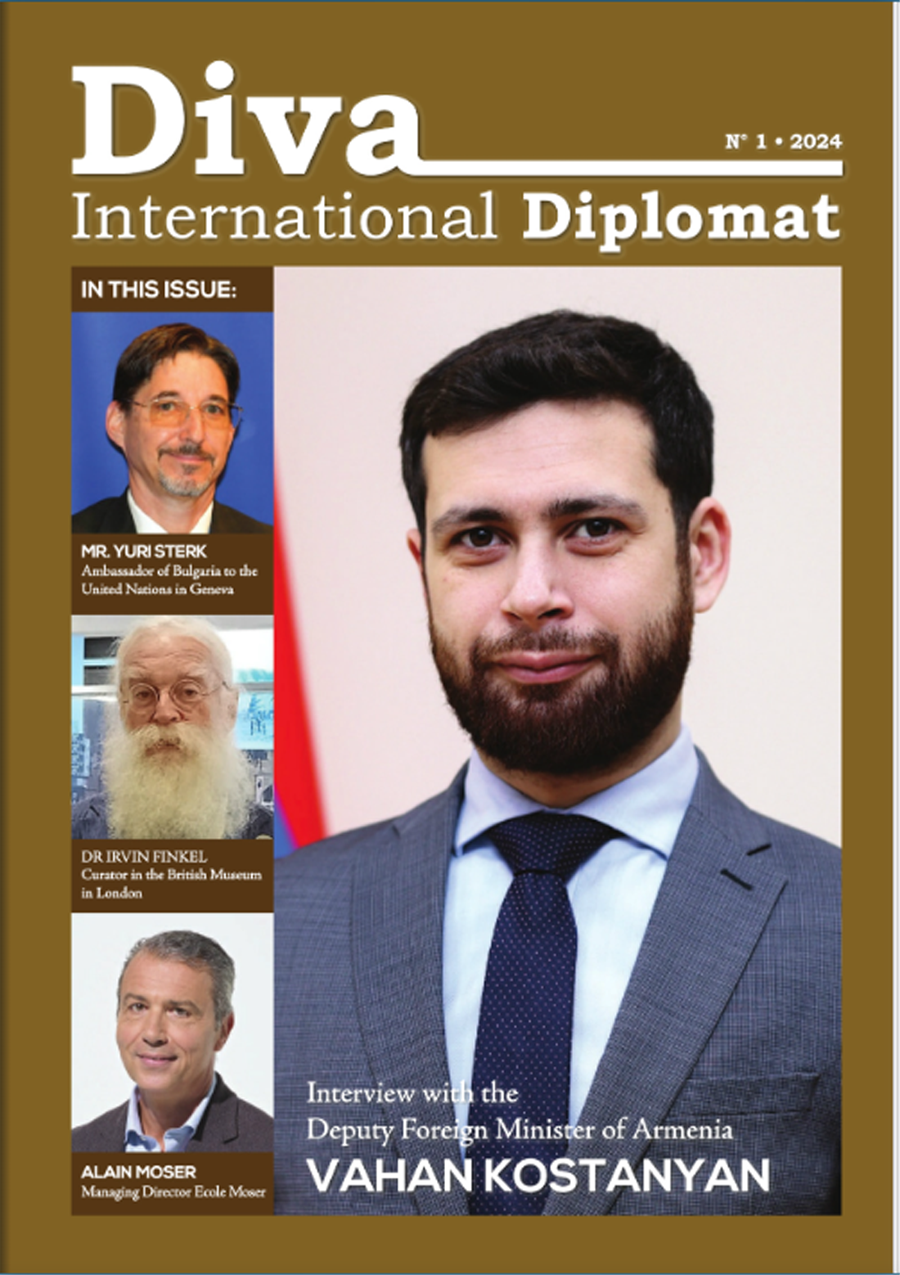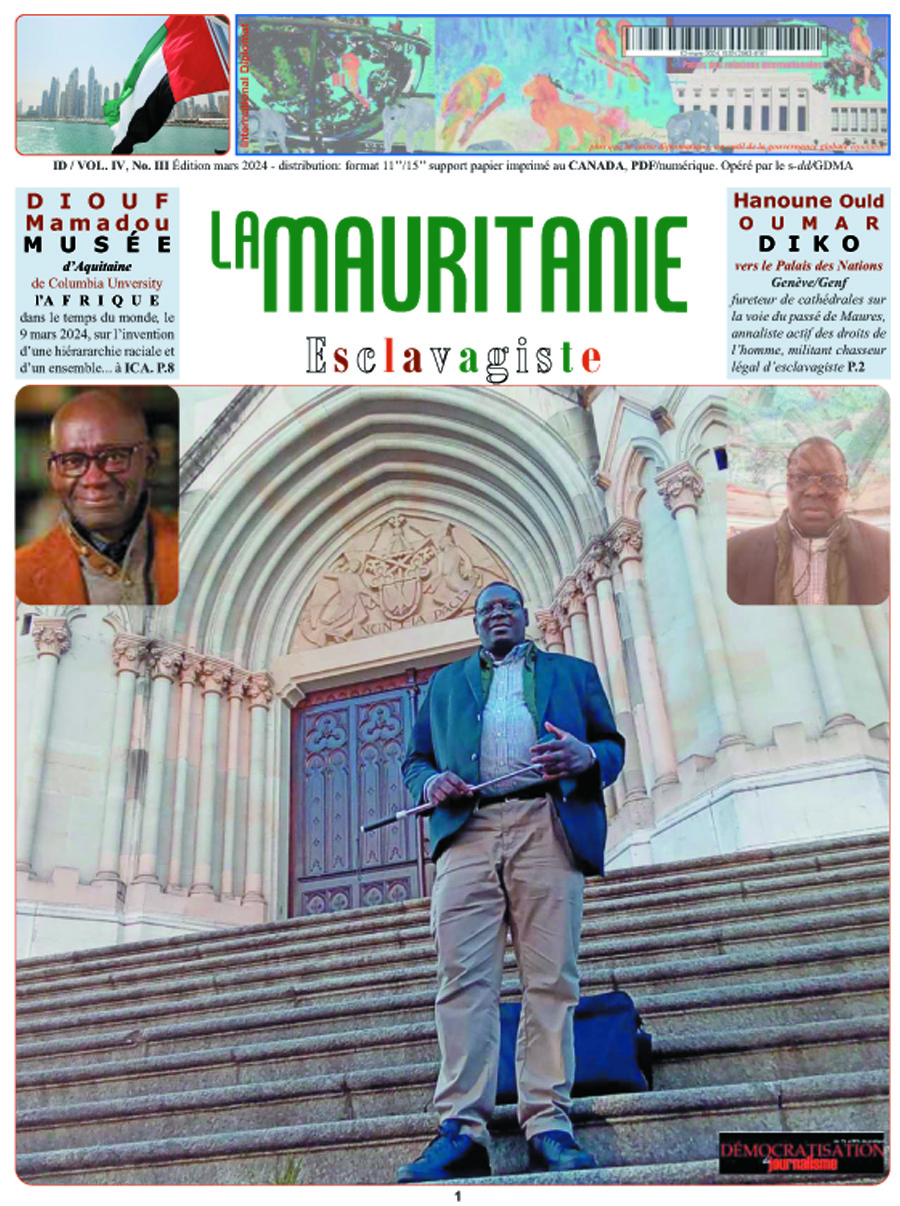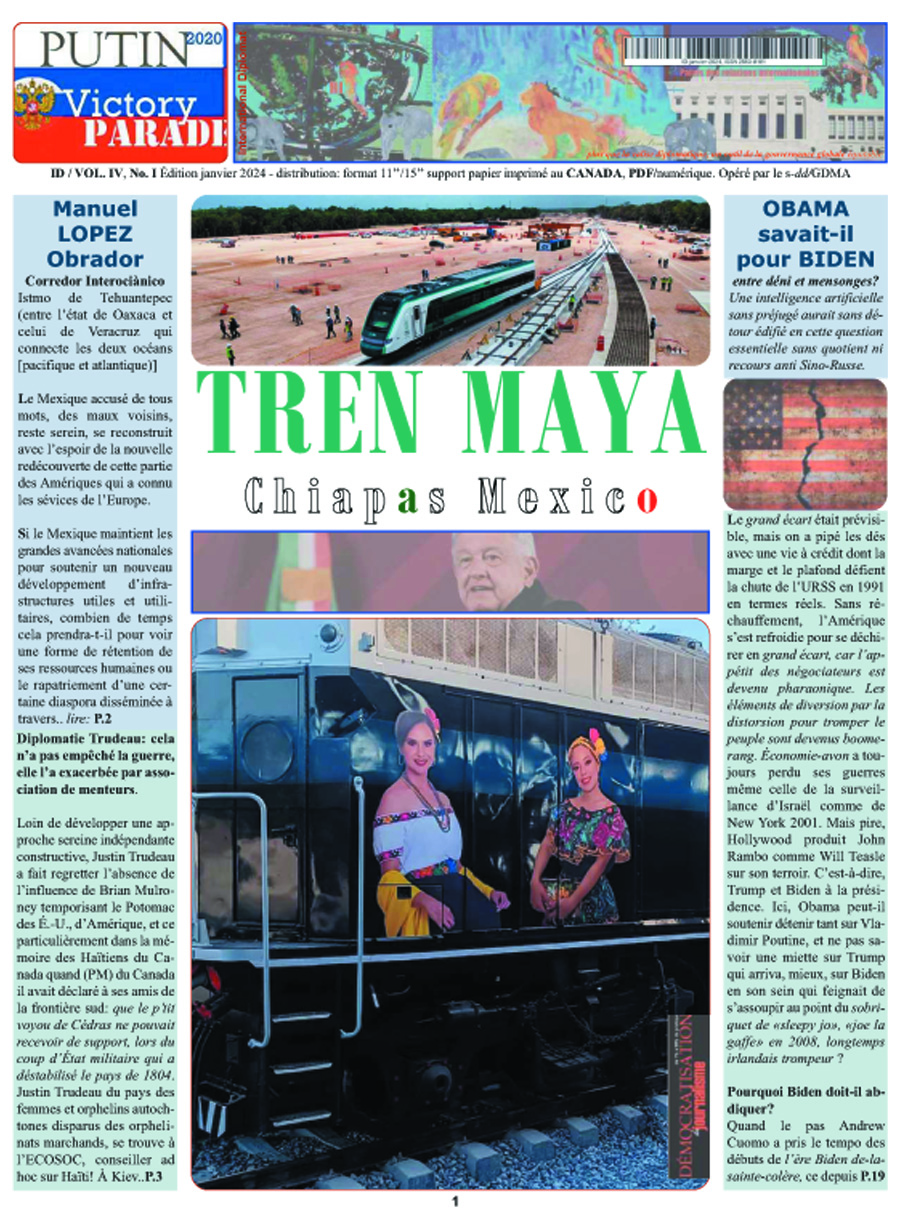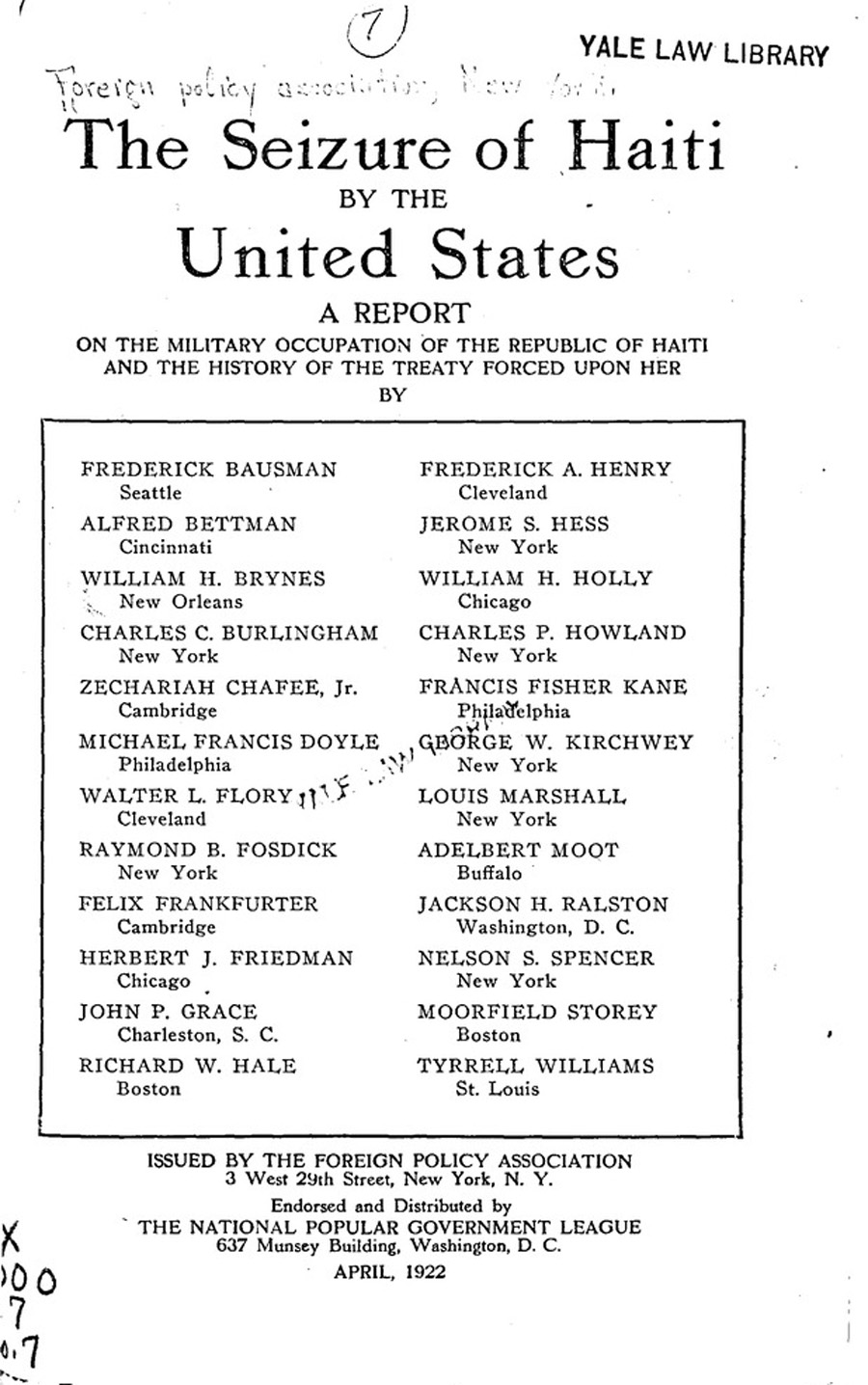The heritage and history of Moscow and St. Petersburg are recounted in literature by historians, analysts, cultural and travel writers and chroniclers on Russia. On the River Moskva, the capital city of Moscow was the cultural, economic and political centre of the Soviet Union. Russia and Russian Federation hold equal place as names in the Constitution that was adopted on 12 December 1993.
Situated in northern Asia and eastern Europe, the Russian state originated from the expansion of the principality of Muscovy into a great empire. Russia played an increasing role in Europe from the time of Peter the Great in the early eighteenth century. Legendary are the sumptuous life styles and grand palaces of the Romanov dynasty of Tsars and Emperors who ruled Russia from 1613 to 1917. The Tsarist regime ended when Emperor Nicholas II, his wife and family were shot the night of 17 July 1918.
Following the Russian Revolution of 1917 the Tsarist regime was replaced by Bolshevik rule under its first communist leader, Vladimir Ilich Lenin (1870-1924). Russia became the largest of the constituent republics of the Soviet Union, with more than three quarters of the area and over half of the population. On the break up of the Soviet Union and the collapse of Communist control in 1991, Russia emerged as an independent state and founder member of the Commonwealth of Independent States.
Moscow: ‘a big village’
Settlement dates back to pre-historic times. By the beginning of the thirteenth century Moscow was the centre of Muscovy principality and the seat of the Russian Church. Invaded by Napoleon (1812), the city was largely destroyed by the ensuing fire. Its long and turbulent history continued into the twentieth century including the destruction brought by World War II (1941-1945). Its monolithic buildings and monumental effigies recall the contrast in different periods of its economic, political and cultural heritage.
Moscow’s claim to be the Third Rome was a reflection of its perceived role as the eastern centre of Christian civilization after the fall of Constantinople. It was an important monastic centre since the middle ages where Orthodox cathedrals, monasteries and convents with distinctively coloured onion domes and ornate interiors dazzle with artistic treasures. Many were destroyed in the ravages of Russian history when most churches were neglected or abandoned, and have recently been restored to their former glory.
Referred to as ‘a big village’, Moscow is a pulsating and densely populated sprawling metropolis. The many districts display a variety of architecture and public buildings reflecting its heritage and history. The traditional industries included heavy engineering, cars, textiles, electronics, chemicals, publishing and food processing. The capital enjoys a thriving commercial and busy social life almost around the clock.
The walled fortress of the Kremlin encloses a number of notable ecclesiastical and administrative buildings that have been restored. Red Square with its sumptuous buildings and Lenin’s tomb has been the traditional setting for military parades. Moscow’s famous institutions include The Bolshoi Theatre of Opera and Ballet (1780), the Moscow Art Theatre, and the Moscow State Circus, old and new.
The Old English Court in Moscow
Close to Red Square are the Chambers of The Old English Court that is part of the Moscow History Museum. Located in one of the oldest districts of Moscow it was initially constructed at the turn of the fifteenth and sixteenth centuries. In the past it was used as a residence by the English Moscow Trading Company and later housed the first foreign representation in the Russian capital.
Built as a private home, it contains two exhibitions with wall charts of historical texts, documents, maps, photographs and other images entitled “Medieval Russia from the Eyes of the Foreigner” and “The history of Anglo-Russian Relations”. The collection mostly of coins and documents was donated from a number of sources, including the British Library and the Marquis of Salisbury’s private collection.
Housed in one of the oldest secular buildings in Moscow, of most interest are the meticulously reconstructed interiors especially that of the Formal Hall with its elaborate brick fireplace where business was transacted. Concerts of early music are held regularly and various performance and events for children on more or less relevant themes also take place there.
Trade and Commerce
The Old English Court was presented by Ivan the Terrible to a group of English merchants who arrived in Mumansk in 1553 from the court of Edward IV, under the command of Richard Chancellor. They had been sent to search for a northern passage to India but took the opportunity to establish trade links with the Tsar who welcomed them warmly, provided them with a headquarters and allowed them unlimited duty-free trade.
Although good relations suffered when Elizabeth I repeatedly rejected Ivan’s proposals of marriage – the third English envoy to the Tsar was kept under house arrest here – trade flourished between the two countries for almost a century, with the English bringing wool, metals and wine in return for furs, caviar, honey and other Russian produce. Russian timber was used to build the English fleet, and the Russian army was equipped with English muskets and ammunition.
In 1649, Tsar Aleksei I brought the alliance – which had seen an unprecedented number of foreigners journey to Russia to work as craftsmen, civil servants and explorers – to an abrupt end, expelling the English traders as a mark of his disgust at the execution for treason of Charles I on 30 January 1649.
The building became a private property and was the home of several prominent men and families. The house was remodelled several times and was unrecognisable by the twentieth century when it was split into apartments by the Soviet authorities. A Moscovite architect and restorer, who almost single-handedly protected Moscow’s medieval legacy in the Soviet Union, painstakingly restored the house to its original form. There were no records of the interior designs of the building so restoration is based on the present decor of Tudor interiors existing in Britain including those on display in Hampton Court Palace.
The Old English Court museum was opened to coincide with the State visit of Queen Elizabeth II in 1994 which is commemorated with a plaque on an exterior wall.
St. Petersburg: ‘a living museum’
A city and sea port in north-west Russia, it is situated on the delta of the River Neva, on the eastern shores of the Gulf of Finland. It was called Petrograd (1914-24) and again Leningrad (1924-91) until being restored to the name of St. Petersburg. Its notable buildings include the Peter-Paul Fortress, the Winter Palace and the Gostiny Dvor. It is Russia’s second largest city and its port is one of the largest in the world.
Founded in 1703 by Peter the Great, St. Petersburg was the capital of Russia from 1712 until the Russian Revolution. It was the scene in February and October 1917 of the events which triggered the Revolution. During the Second World War it was subjected by German and Finnish forces to a siege which lasted for more than two years (8 September1941 – 27 January 1944) in which nearly a million people perished.
St. Petersburg is often referred to as the Venice of the North or the Paris of the East with the famous waterways and gloriously restored palaces of the great imperial capital. In 2003 it celebrated its tercentenary and is a “young city” by European standards. Extensive restoration work to the palaces and churches was undertaken. In 2008 the beacon of the torch for the Beijing Olympics passed through the city.
The Hermitage in St. Petersburg contains among its vast collections those begun by Catherine the Great. The name is a reference to the ‘retreat’ in which the Empress displayed her treasures to her friends. Catherine II (1729-96) reigned as Empress of Russia 1762-96 after her husband Peter III was deposed. Her attempted social and political reforms were impeded by the aristocracy. She formed alliances with Prussia and Austria, and made territorial advances at the expense of the Turks and Tartars.
‘Queen of the North’, St. Petersburg is a gem of connecting canals and long quays, huge squares, grand monuments, stately buildings, noble palaces, elaborate Orthodox monasteries, churches and convents, and many museums all with vast treasures from different periods of its heritage and history.
Ita Marguet, May 2008
Note: Acknowledgement is given to all sources used in preparation of this text. It follows a trip by its author to Moscow and St. Petersburg, April 2008.





